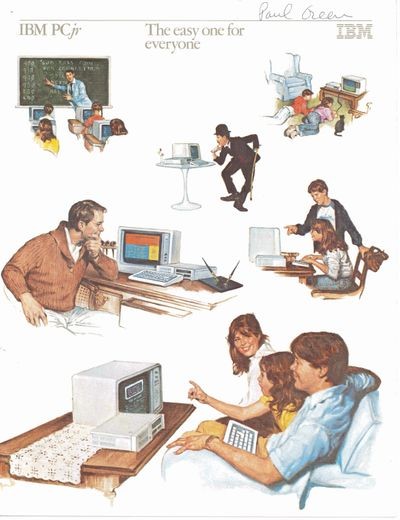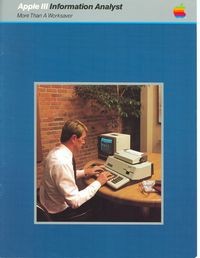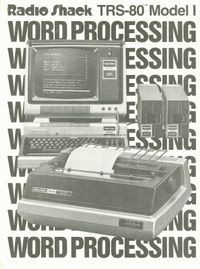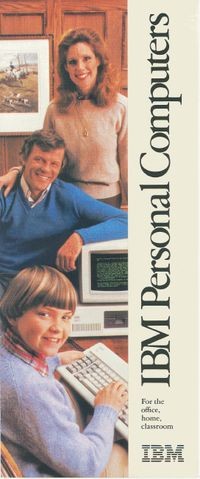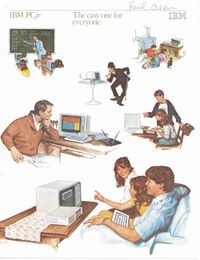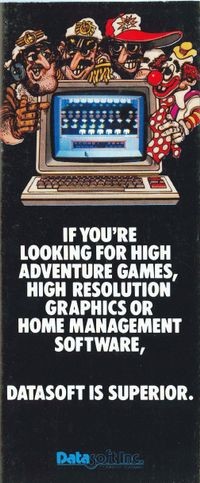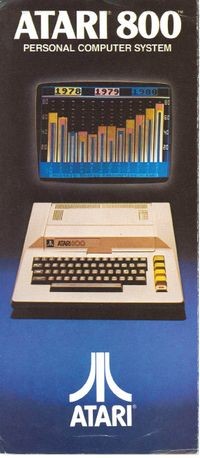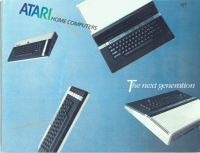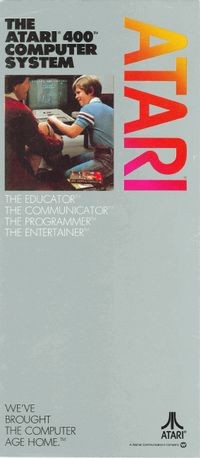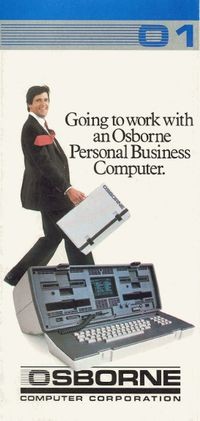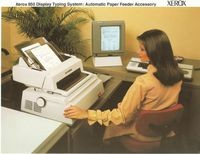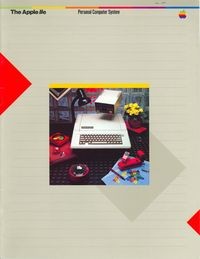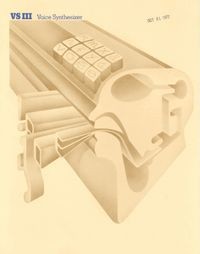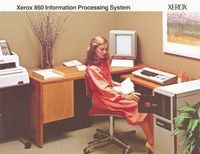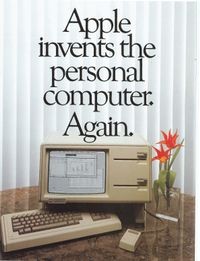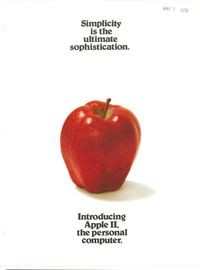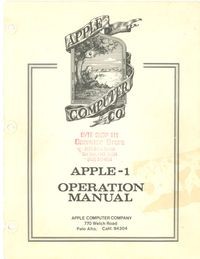Personal
Personal computers, in the sense of a machine with only one user, have existed for decades. Early candidates include the Librascope LGP-30 (1956) the Bendix G-15 (1956), the IBM 610 (1957) and several others.
Most of these early systems were based on a magnetic drum memory and allowed the user complete control over the machine’s registers and modes of operation. Most were also intended to be used as an extension of a desktop calculator, albeit one that could run a stored program.
The personal computer also could include minicomputers such as the PDP-1 (1961) or the PDP-8 (1964), both of which provided a real-time, interactive programming environment. The personal computer as we know it today, of course, is basically the design revealed with the introduction, in 1981, of the IBM PC. This is a microprocessor-based machine with its own memory, storage, and I/O.



